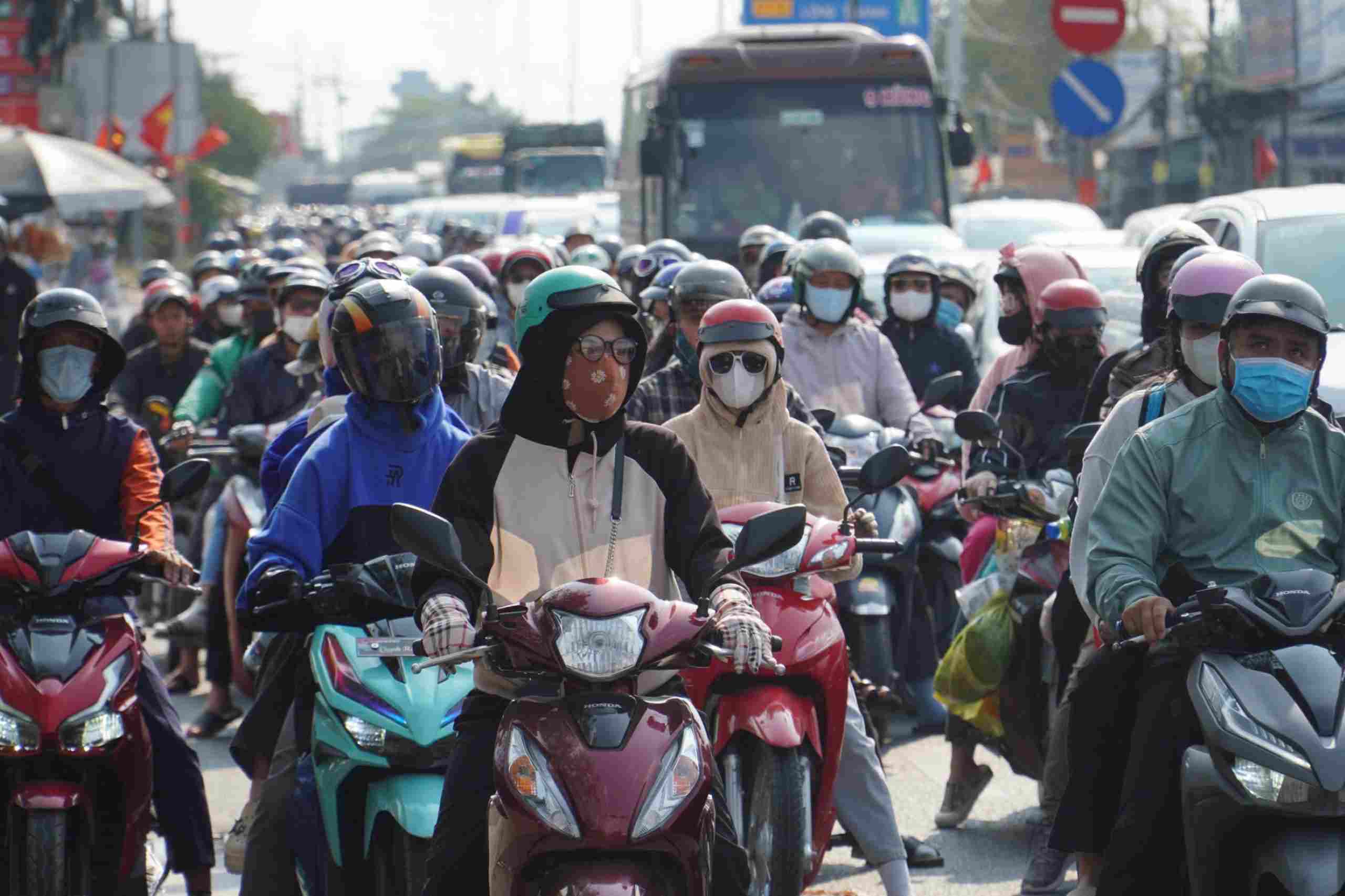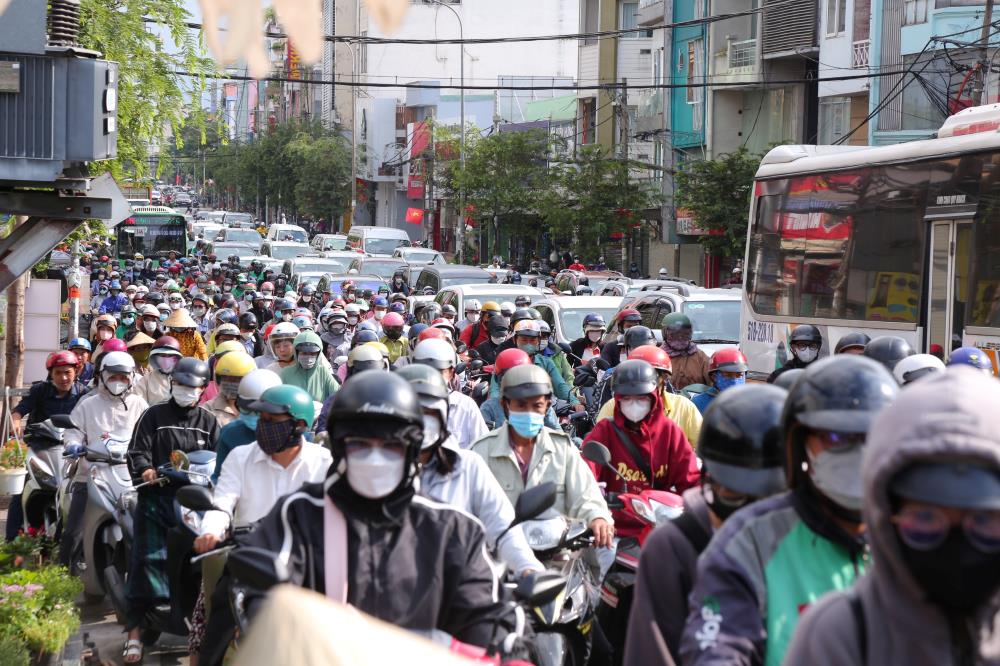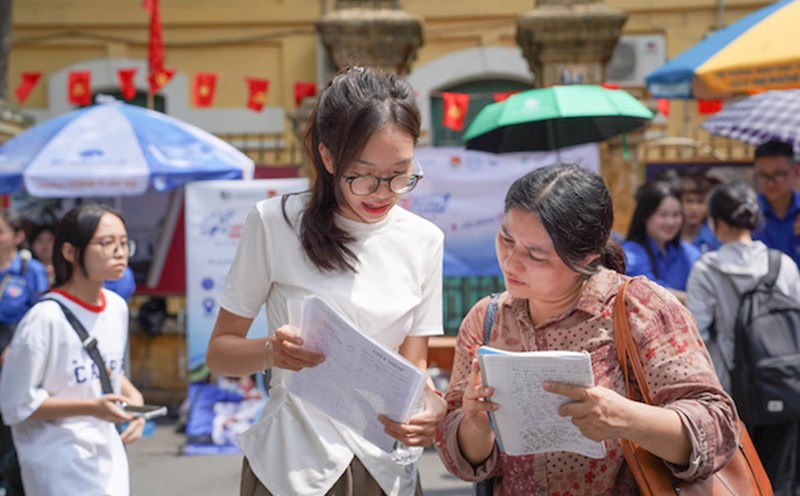Speaking with Lao Dong on July 15, Mr. Bui Hoa An, Deputy Director of the Ho Chi Minh City Department of Construction, said that the unit is still urging departments, branches and related units to contribute opinions on completing the plan to limit gasoline and oil vehicles in areas with high risk of pollution. However, as of July 15, the Department of Construction has not yet received feedback from these units.
"No department or branch has sent it back. The deadline is July 17," Mr. An said and explained that this requires many sources of information, especially data on motorbikes, so there is not enough basis for advice. "If no one returns it after July 15, I will remind you again," Mr. An emphasized.

Regarding the next steps after collecting opinions, Mr. Bui Hoa An said that the Department of Construction will conduct a data assessment and, based on that, advise the Ho Chi Minh City People's Committee on how to implement specific policies. "Actually, this emission reduction project has been around for a long time, but the data is not yet complete. With the current requirement of doing things quickly, we will have to take specific steps based on the collected data," Mr. An added.
According to statistics from the Department of Construction, up to now, Ho Chi Minh City is managing more than 9.6 million vehicles, including more than 1 million cars and nearly 8.6 million motorbikes.

Compared to the same period in 2024, the number of cars increased by 9% and motorbikes increased by 2%, showing that the trend of increasing personal vehicles continues to put pressure on traffic infrastructure and the urban environment.
In the Vehicle Emissions Control Project under construction, Ho Chi Minh City plans to select areas such as Can Gio, Con Dao and the city center to pilot emission control zoning. These areas are assessed to have great potential in transitioning to a clean transportation system.
An important goal in the project is that by 2028, Ho Chi Minh City plans to convert all 400,000 motorbikes currently used by technology drivers and delivery to electric vehicles.
This is expected to help reduce about 315 tons of CO2 gas and 2,000 tons of fine dust per year - contributing significantly to efforts to reduce air pollution and improve the quality of life for the city's people.











